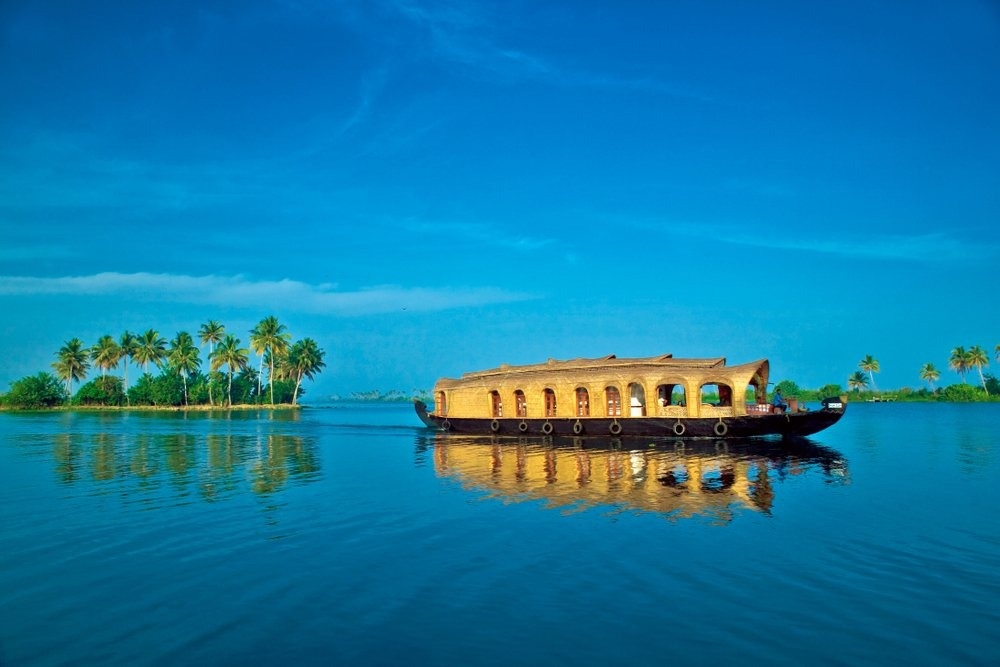India’s vibrant culture, rich heritage, and diverse society also play a significant role in attracting these individuals back to their roots. Many view the prospect of reconnecting with their homeland and contributing to its development as deeply fulfilling and rewarding…writes Dr Tausif Malik
In recent years, there has been a noticeable trend of naturalized Indian Americans and Indian Canadians choosing to move back to their home country of India. This phenomenon, driven by various factors, is reshaping migration patterns and bringing about significant socio-economic implications.
According to recent data from immigration agencies and research institutes, the number of Indian-origin individuals who have obtained citizenship in the United States and Canada but are now relocating to India has been steadily increasing. While exact figures vary, estimates suggest a substantial rise in the migration of these individuals over the past decade.
For instance, data from the US Citizenship and Immigration Services (USCIS) reveals that the number of Indian Americans renouncing their US citizenship reached a record high of 7,009 in 2023, marking a 26% increase from the previous year. Similarly, Statistics Canada reports a growing trend of Indian Canadians relinquishing their citizenship, with a notable uptick in the number of individuals moving to India for employment and business opportunities.
Furthermore, a survey conducted by the Pew Research Center found that among Indian Americans, 33% expressed a desire to move back to India at some point in the future. This sentiment reflects a shift in attitudes towards India’s economic prospects and lifestyle advantages.
One of the primary reasons behind this migration trend is the allure of India’s rapidly growing economy and expanding job market. With India emerging as a global economic powerhouse, many naturalized Indian Americans and Indian Canadians see lucrative career opportunities and entrepreneurial prospects in sectors such as technology, finance, healthcare, and manufacturing.
Moreover, India’s vibrant culture, rich heritage, and diverse society also play a significant role in attracting these individuals back to their roots. Many view the prospect of reconnecting with their homeland and contributing to its development as deeply fulfilling and rewarding.
Additionally, factors such as family ties, social networks, and a desire for a better quality of life also influence the decision of naturalized Indian Americans and Indian Canadians to move back to India. For some, the allure of affordable housing, quality healthcare, and a lower cost of living in India outweighs the challenges of resettling in a new country.
Furthermore, favorable Government of India policies, such as the Overseas Citizenship of India (OCI) scheme, make it easier for naturalized citizens to return to India and establish themselves. These initiatives provide various benefits, including visa-free travel, residency rights, and the ability to invest in India’s booming real estate market.
The impact of this migration trend extends beyond individual decisions, shaping broader demographic and economic trends in both sending and receiving countries. While the departure of skilled professionals may pose challenges for countries like the United States and Canada, India stands to benefit from the influx of talent, expertise, and investment.
Advantages of this trend include the infusion of diverse perspectives and skills into India’s workforce, fostering innovation and economic growth. Additionally, the return of naturalized citizens strengthens people-to-people ties and cultural exchange between India and countries like the United States and Canada.
In conclusion, the growing number of naturalized Indian Americans and Indian Canadians moving back to India reflects a dynamic shift in global migration patterns. As India continues to rise as a global powerhouse, it presents compelling opportunities for individuals seeking to contribute to its growth story and reconnect with their cultural roots.
Before returning to India, Indian Americans and Indian Canadians should consider several factors and take certain steps to ensure a smooth transition:
1. Research and Planning: Conduct thorough research about the region you plan to move to in India. Consider factors such as cost of living, job opportunities, healthcare, education, and lifestyle. Make a detailed plan outlining your goals and objectives for the move.
2. Legal and Documentation: Ensure that all your legal documents, including passports, visas, and residency permits, are up to date and in order. Contact the relevant authorities in both countries to understand the procedures for relinquishing citizenship or obtaining residency status.
3. Financial Preparation: Assess your financial situation and make necessary arrangements for banking, taxes, investments, and pensions. Consider currency exchange rates, banking regulations, and tax implications of moving funds between countries.
4. Healthcare: Research healthcare facilities and insurance options in India. Ensure that you have access to quality healthcare services, especially if you or your family members have specific medical needs. Consider obtaining health insurance coverage that is valid in both countries during the transition period.
5. Housing and Accommodation: Explore housing options in India, whether renting or purchasing property. Consider factors such as location, amenities, security, and proximity to essential services. It may be beneficial to secure temporary accommodation upon arrival while you search for a more permanent residence.
6. Employment and Education: Evaluate job prospects and career opportunities in India, including networking with potential employers and professional contacts. If you have school-aged children, research educational institutions and enrollment procedures to ensure a smooth transition for their education.
7. Cultural Adjustment: Prepare yourself and your family for cultural differences and potential challenges of adjusting to life in India. Learn about local customs, traditions, languages, and social norms to facilitate integration into the community.
8. Network and Support System: Build a support network of friends, family, and contacts in India who can provide assistance and guidance during your transition. Join expatriate communities, social groups, or professional associations to connect with like-minded individuals and access resources.
9. Travel Logistics: Plan your travel arrangements, including booking flights, shipping belongings, and arranging transportation from the airport to your destination in India. Consider any quarantine or health protocols that may be in place due to the ongoing COVID-19 pandemic.
10. Emotional Preparation: Moving to a new country can be emotionally challenging, so prepare yourself and your family for the ups and downs of the transition. Maintain open communication, manage expectations, and stay flexible and resilient in the face of unexpected circumstances.
By taking these steps and adequately preparing for the move, Indian Americans and Indian Canadians can increase their chances of a successful relocation to India and make the most of their new chapter in the country.
ALSO READ-Russian ‘Disinformation’ Targets US Immigration Debate








